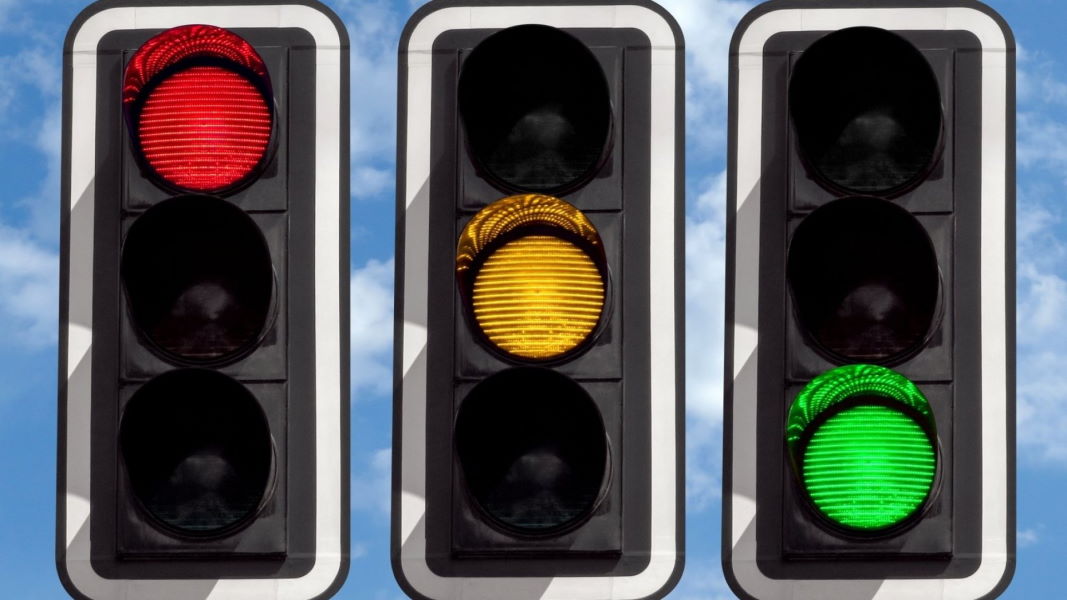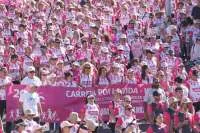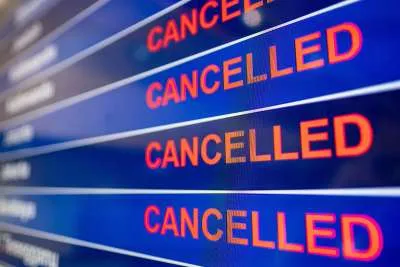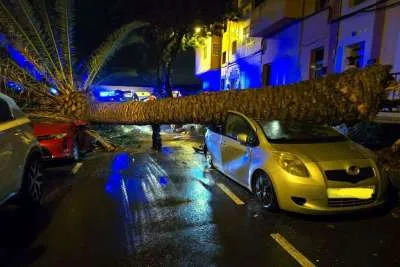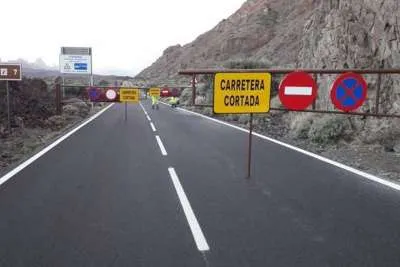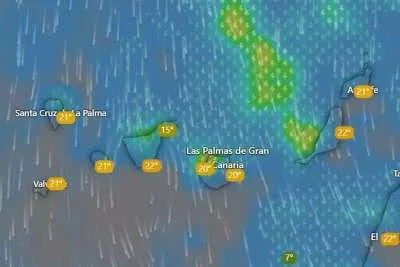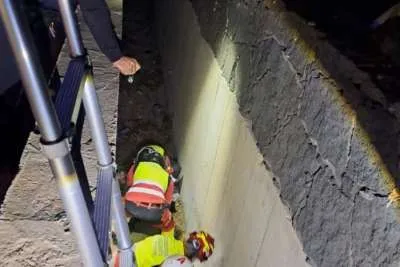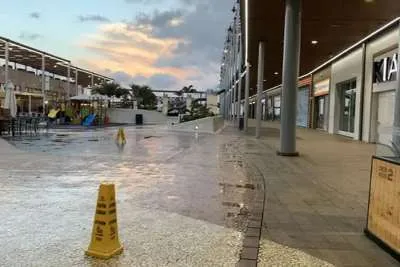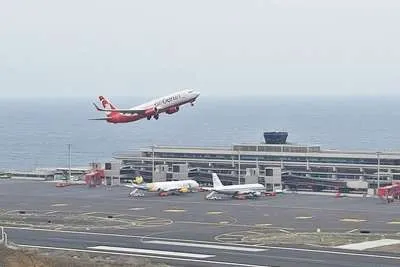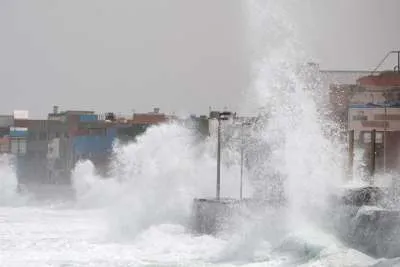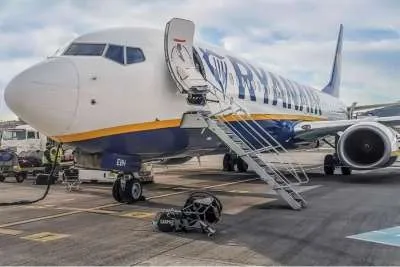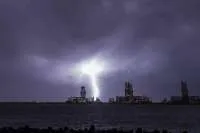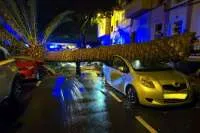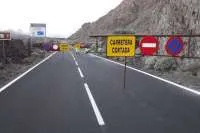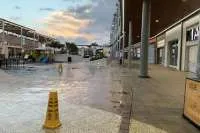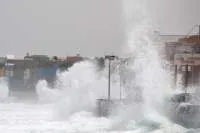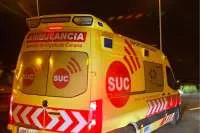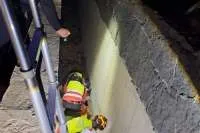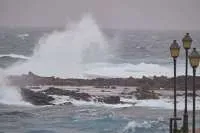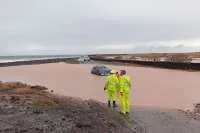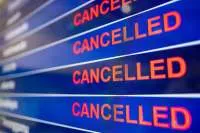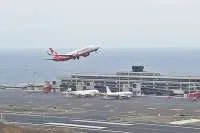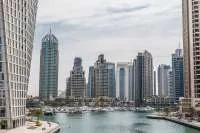Health studies making 'Covid traffic light' more flexible, and to raise low risk to 100 cases
- 16-11-2021
- Health
- Canarian Weekly
The Ministry of Health is planning to make the 'Covid traffic light' more flexible to adapt it to the high percentage of the now vaccinated population. The low-risk threshold for Covid will be raised to 100 cases per 100,000 inhabitants, from the 50 that is the barrier now, according to a new update in the department’s document that serves as a guide for restrictions during the pandemic.
The Alerts Report has proposed this change which will foreseeably be approved later today (Tuesday) by the Public Health Commission, meaning that the incidence of the virus can be higher than now before any change in alert levels is implemented.
According to the document the risk levels will be as follows:
- Low risk is to be up to 100 cases per 100,000 inhabitants.
- Medium risk is an incidence of 100 to 300 cases.
- High risk is an incidence of 300 to 500 cases.
- Very high risk is an incidence over 500 cases.
Although this is good news as far as incidence rates are concerned, there isn’t a change to hospital pressure which is seen as the most important parameter. Below 2% in total beds and 5% in ICUs, of Covid patients, is still considered a 'new normal', but they are also introducing two new variables:
- the number of new hospital admissions in 7 days per 100,000 inhabitants.
- the number of ICU admissions in 7 days per 100,000 inhabitants.
If these exceed five and one, respectively, that will be classed as low risk.
With the change in cumulative incidence rate thresholds, the Canary Islands would be at low risk again, although the pandemic maintained its upward trend over the weekend. The 7-day incidence rate is now 53.91 and the 14-day is 88.01 cases per 100,000 inhabitants.
Other articles that may interest you...
Trending
Most Read Articles
Featured Videos
A Vision of Elvis Tenerife Promo
- 10-05-2025
TEAs 2025 Highlights
- 17-11-2025


